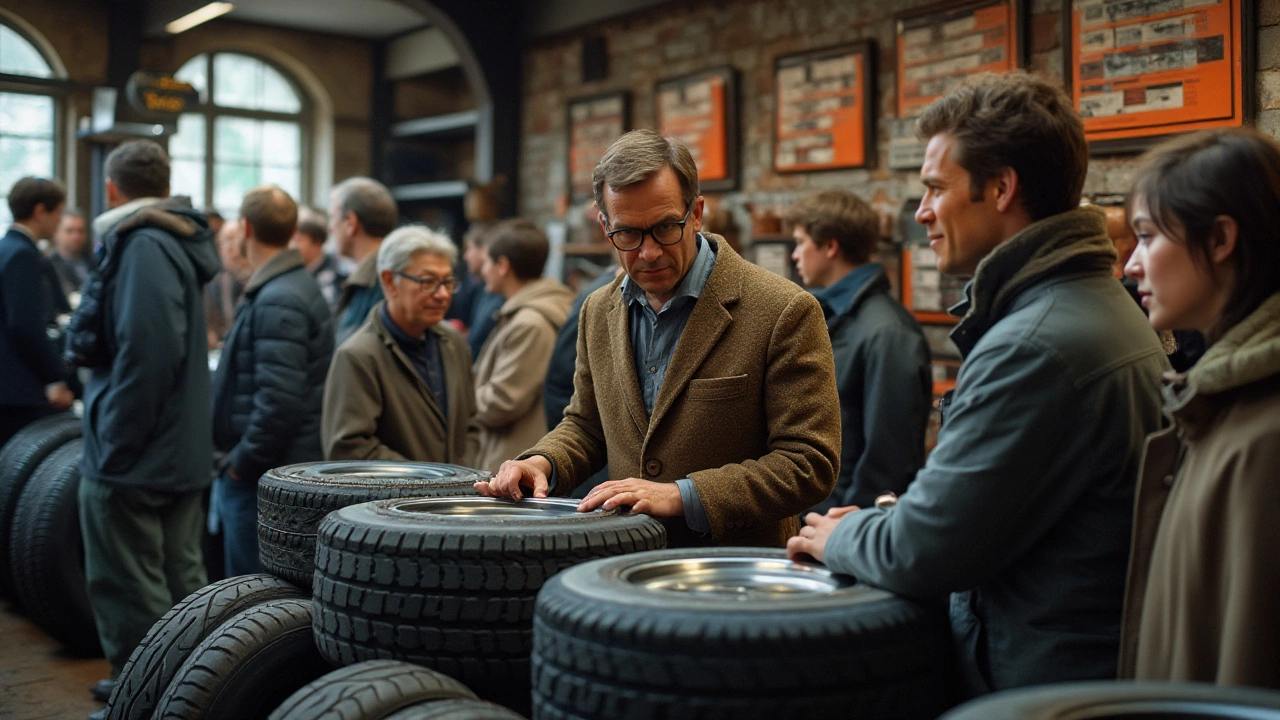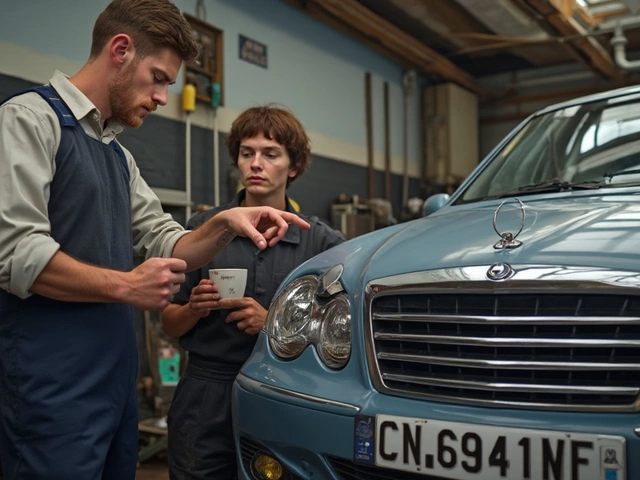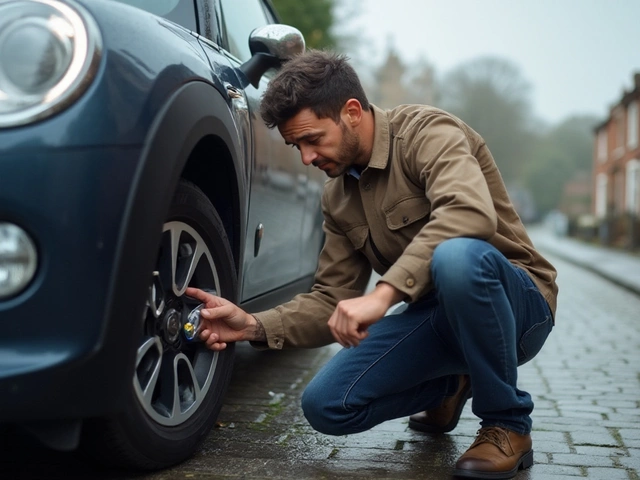Buying Tires Made Simple: What You Need to Know
Swapping out old rubber for a fresh set can feel like a big decision, but it doesn’t have to be a headache. Whether you’re fixing a puncture, upgrading performance, or just need a seasonal set, the right approach saves you money and keeps you safe. Below are the basics that help you pick the perfect tyre without getting lost in jargon.
How to Pick the Right Tire for Your Car
First, check your vehicle’s tyre size – you’ll find it on the sidewall of the current tyre or in the owner’s manual. It looks like 205/55R16 and tells you width, sidewall height, and rim diameter. Matching this code is crucial; a wrong size can affect handling and wear. Next, think about the tyre’s purpose. Summer tyres give grip in dry heat, winter tyres stay flexible in snow, and all‑season tyres aim for a middle ground. If you drive a lot on highways, look for low‑rolling‑resistance models to boost fuel economy. For sporty rides, a tyre with a softer compound and more aggressive tread will improve cornering but may wear faster.
Where to Get the Best Deal
Online shops often showcase lower list prices, but don’t forget fitting costs. Local garages, like Northwich Tyres Centre, bundle the tyre with mounting, balancing, and a quick safety check – often for a flat rate that beats separate fees. Call a few places to compare total cost, not just the sticker price. Keep an eye out for seasonal sales; winter tyres go on sale in late summer, and summer tyres drop in autumn. Also, ask about any manufacturer warranties – many offer a mileage guarantee that can offset a higher upfront price.
Don’t overlook tyre age. Even if the tread looks fine, a tyre older than six years can develop cracks that compromise safety. Check the DOT code on the sidewall; the last four digits indicate the week and year it was made. A tyre made in week 22 of 2020 will read 2220. Aim for tyres no older than three years whenever possible.
Once you’ve chosen a set, schedule an appointment. A good shop will inspect the wheel for damage, balance the tyre, and verify proper inflation. Proper inflation alone can extend tyre life by up to 20 %. Ask the tech to show you the recommended pressure for your vehicle and keep a portable gauge in the glove box for regular checks.
Lastly, think about future maintenance. Rotating tyres every 6,000–8,000 miles keeps wear even and helps you get the most miles out of each set. Most tyre shops will rotate for free if you bought the tyres from them, so it’s worth asking.
Buying tyres doesn’t need to be a gamble. By matching size, purpose, and price, and by choosing a reputable fitter, you’ll drive away with confidence and a fair bill. Ready to roll? Grab your tyre size, compare a couple of options, and give Northwich Tyres Centre a call to lock in a fitting slot.
 17 November 2024
17 November 2024
Understanding Car Tire Costs and What Influences Price
Delving into the intricacies of car tire costs, this article explores the different factors influencing tire prices, providing essential tips for selecting the perfect set. It also covers the types of tires available and how to make informed decisions. From understanding the elements that impact pricing to practical advice, the piece offers a comprehensive look at what goes into purchasing car tires.






0